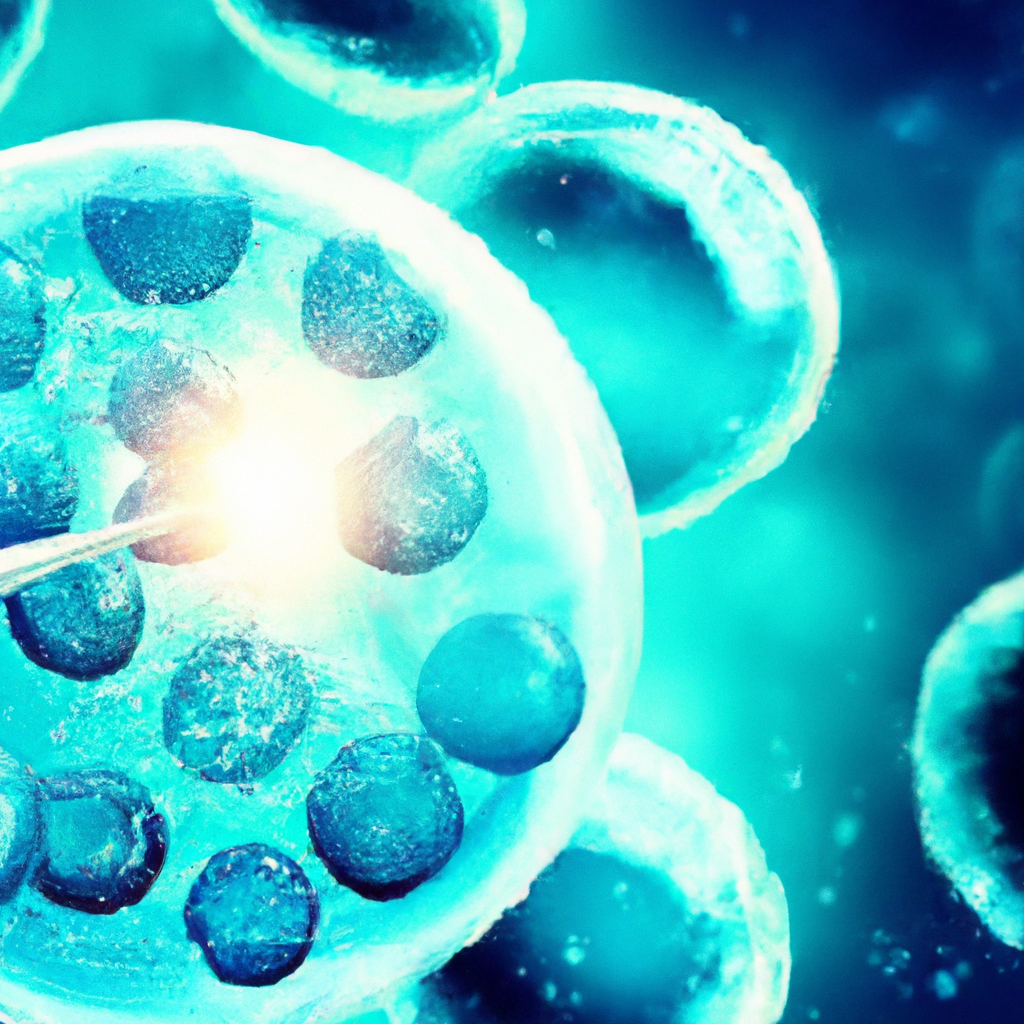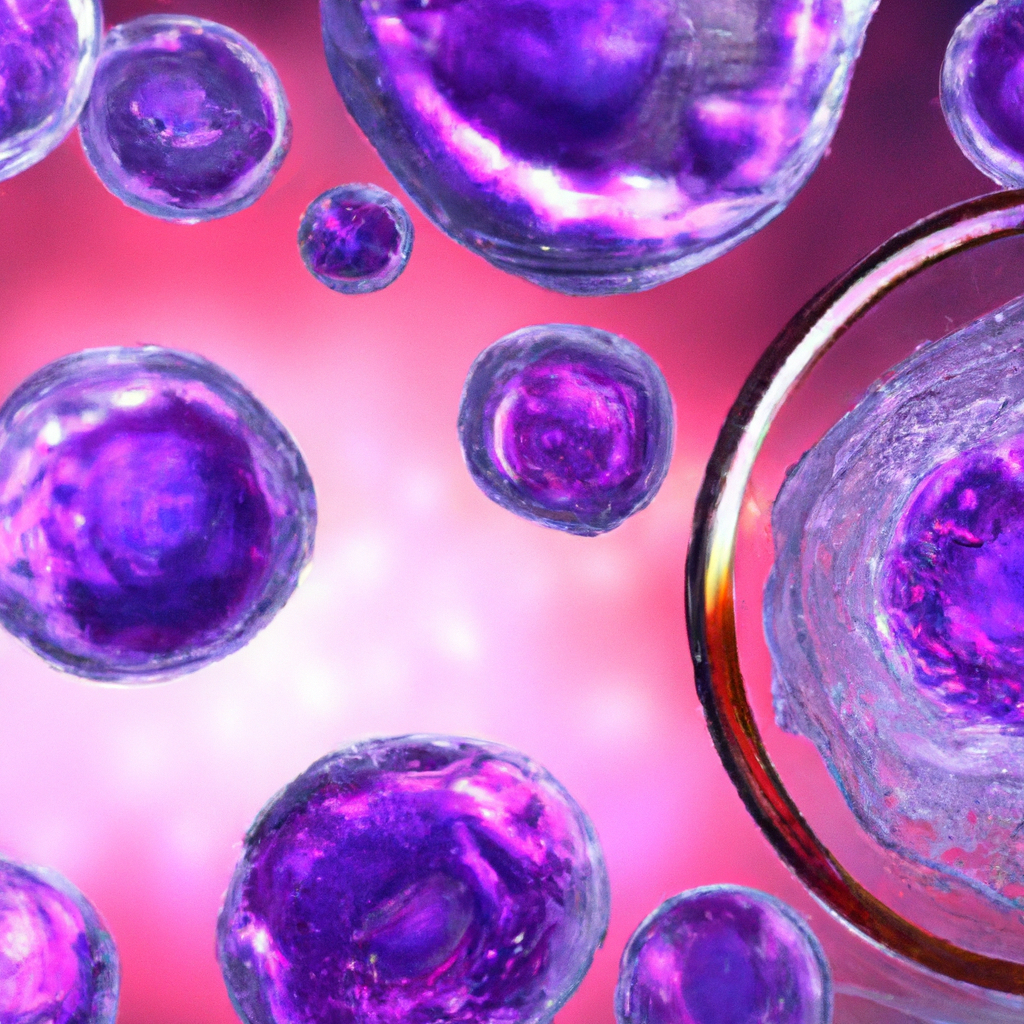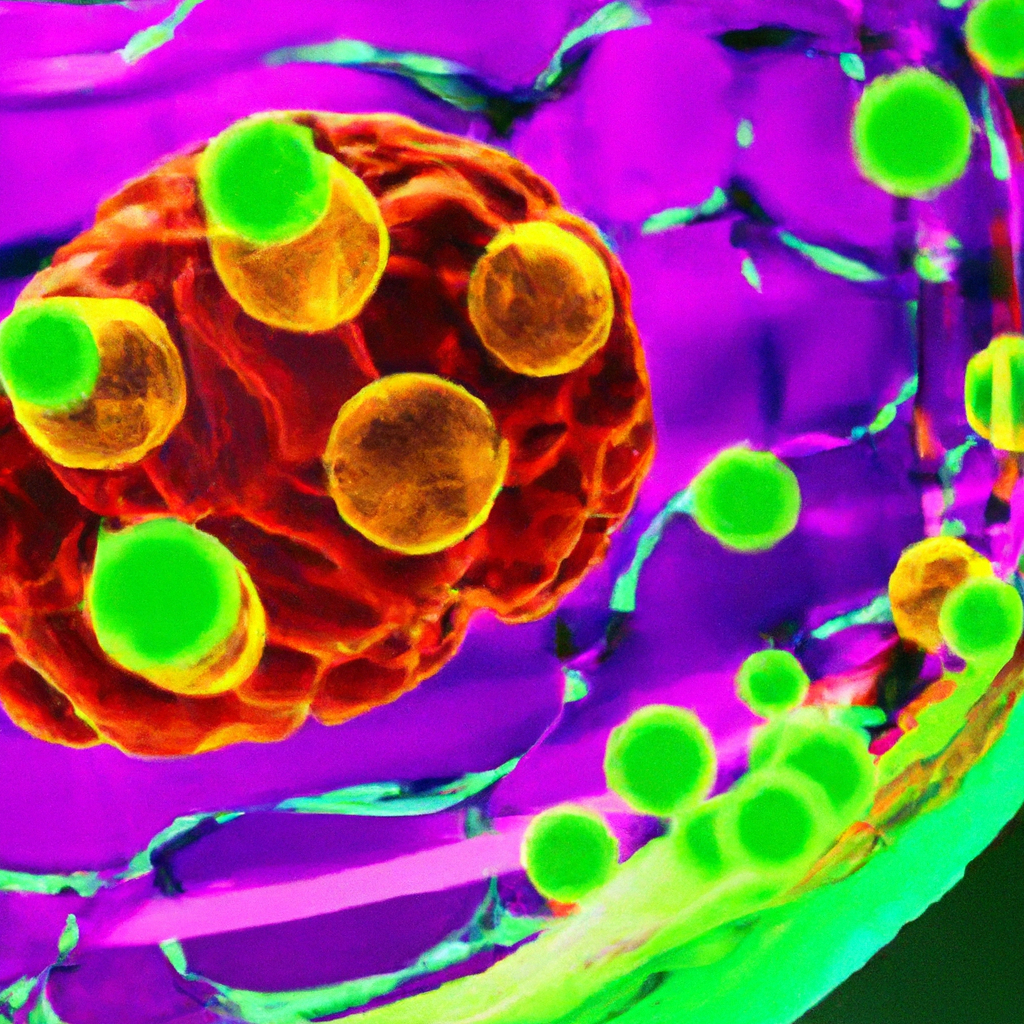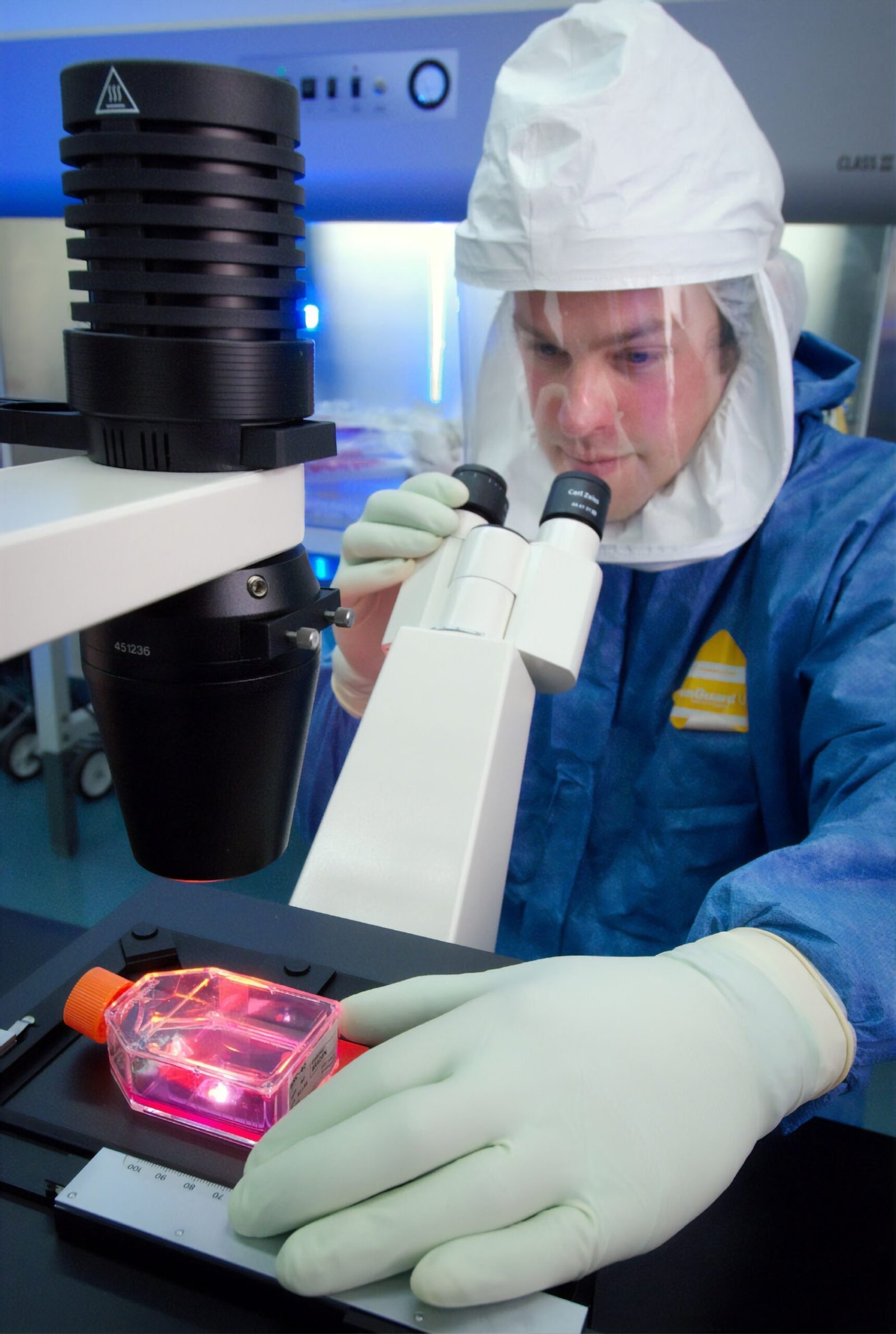Have you ever wondered how stem cells are harvested from adipose tissue in Malaysia? This article aims to provide you with a comprehensive understanding of the process. From the techniques employed to the equipment used, we will delve into the world of stem cell research and shed light on the various methods employed in Malaysia. Join us on this captivating journey as we explore the fascinating field of adipose tissue stem cell harvesting.

Introduction
Welcome to this comprehensive article on how stem cells are harvested from adipose tissue in Malaysia. Stem cell therapy has gained significant attention in recent years for its potential to treat a wide range of medical conditions. Adipose tissue, commonly known as fat, has emerged as a valuable source of stem cells due to its abundance and ease of extraction. In this article, we will explore the definition and types of stem cells, the applications of stem cell therapy, the process of harvesting stem cells from adipose tissue, the clinical applications of adipose-derived stem cells, regulations and guidelines in Malaysia, advancements and research in the field, and the benefits and risks associated with adipose stem cell therapy.
Understanding Stem Cells
Definition of Stem Cells
Stem cells are undifferentiated cells that have the ability to self-renew and differentiate into specialized cell types. These remarkable cells have the potential to regenerate damaged tissues and replace dysfunctional cells in the body. They can be classified into different types based on their origin and developmental capabilities.
Types of Stem Cells
There are several types of stem cells, including embryonic stem cells, adult stem cells, and induced pluripotent stem cells (iPSCs). Embryonic stem cells are derived from the inner cell mass of a developing embryo and have the ability to differentiate into any cell type in the body. Adult stem cells, on the other hand, are found in various tissues and organs throughout the body and play a vital role in tissue repair and regeneration. iPSCs are artificially reprogrammed adult cells that exhibit similar characteristics to embryonic stem cells.

Applications of Stem Cells
Medical Conditions Treated with Stem Cells
Stem cell therapy holds immense potential for the treatment of numerous medical conditions. It has shown promising results in the treatment of degenerative diseases, autoimmune disorders, neurological conditions, cardiovascular diseases, and even certain types of cancers. Stem cells have the ability to replace damaged or dysfunctional cells, stimulate tissue regeneration, modulate the immune response, and provide therapeutic benefits in a variety of medical conditions.
Advantages of Stem Cell Therapy
Stem cell therapy offers several advantages over conventional treatment approaches. It has the potential to provide long-lasting relief, promote tissue regeneration, and reduce the need for invasive surgical procedures. Furthermore, stem cells can be easily obtained from a patient’s own body, reducing the risk of rejection or adverse reactions. The use of autologous stem cells also eliminates ethical concerns associated with embryonic stem cell research.
Adipose Tissue as a Source of Stem Cells
Adipose tissue, commonly known as fat, has emerged as a valuable source of stem cells. It is abundantly available in the human body and can be easily harvested through a minimally invasive procedure known as liposuction. Adipose-derived stem cells (ADSCs) have gained significant attention due to their high regenerative potential and versatility.

Harvesting Stem Cells from Adipose Tissue
Preparation of the Patient
Before harvesting stem cells from adipose tissue, the patient undergoes a thorough medical evaluation to ensure their eligibility for the procedure. This evaluation includes assessing the patient’s overall health, medical history, and any underlying conditions that may affect the outcome of the therapy. Once the patient is deemed fit for the procedure, appropriate consent is obtained, and the necessary preparations are made.
Extraction Techniques
The extraction of stem cells from adipose tissue is typically performed using liposuction, a minimally invasive surgical procedure. During liposuction, a small incision is made in the treatment area, and a thin cannula is inserted to remove the excess fat. The adipose tissue collected during liposuction contains a mixture of fat cells, blood cells, connective tissue, and stem cells.
Processing and Isolation of Stem Cells
Once the adipose tissue is collected, it undergoes a process called enzymatic digestion. This process involves breaking down the tissue using digestive enzymes to release the stem cells. The released stem cells are then isolated and purified using centrifugation and filtration techniques. The purified stem cells are ready to be used for therapeutic applications.
Clinical Applications of Adipose-Derived Stem Cells
Orthopedic Conditions
Adipose-derived stem cells have shown promising results in the field of orthopedics. They have been used in the treatment of conditions such as osteoarthritis, joint and ligament injuries, cartilage defects, and bone fractures. The regenerative properties of adipose-derived stem cells promote tissue repair, reduce inflammation, and stimulate the growth of new cartilage and bone.
Cosmetic and Aesthetic Procedures
Adipose-derived stem cells have also found applications in the field of cosmetic and aesthetic medicine. They can be used in procedures such as facial rejuvenation, breast augmentation, and hair restoration. The ability of adipose-derived stem cells to stimulate collagen production, improve skin texture, and enhance tissue volume makes them an appealing option for various cosmetic procedures.

Regulations and Guidelines in Malaysia
Laws and Organizations
In Malaysia, the use of stem cells for therapeutic purposes is regulated by the National Council for Scientific Research and Development (NCSRD) and the Ministry of Health (MOH). The NCSRD oversees the ethical aspects of stem cell research, while the MOH regulates the clinical use of stem cells. These organizations ensure that stem cell therapies in Malaysia comply with strict guidelines to ensure patient safety and ethical considerations.
Ethical Considerations
Ethical considerations play a crucial role in stem cell research and therapy. In Malaysia, the use of embryonic stem cells is strictly regulated and limited to research purposes only. The focus is primarily on the use of adult stem cells, such as adipose-derived stem cells, which do not involve any ethical concerns. The regulatory framework ensures that stem cell therapies are carried out in an ethical manner, prioritizing patient welfare and safety.
Advancements and Research in Malaysia
Current Research Studies
Malaysia has been actively involved in stem cell research and has made significant advancements in the field. Current research studies focus on various aspects of stem cell therapy, including optimizing extraction and processing techniques, exploring new clinical applications, and investigating the long-term safety and efficacy of stem cell treatments. The research conducted in Malaysia contributes to the global advancements in stem cell therapy.
Future Potential
The field of stem cell therapy in Malaysia has a promising future. With ongoing research, advancements in technology, and expert collaborations, the potential applications of adipose-derived stem cells are likely to expand further. Stem cell therapies may become a standard treatment option for a wide range of medical conditions, offering hope to patients and improving overall healthcare outcomes.

Benefits and Risks of Adipose Stem Cell Therapy
Benefits of Adipose Stem Cells
Adipose stem cell therapy offers several benefits. The use of autologous stem cells reduces the risk of rejection or adverse reactions. Adipose-derived stem cells have a high regenerative potential and can differentiate into various cell types, making them versatile for different therapeutic applications. Furthermore, the minimally invasive harvesting procedure and the availability of abundant adipose tissue make it a convenient and safe source of stem cells.
Potential Risks and Complications
Although adipose stem cell therapy is generally considered safe, there are potential risks and complications associated with the procedure. These include infection at the site of liposuction, bleeding, allergic reactions, and rare instances of fat embolism. It is crucial for patients to undergo the procedure under the guidance of qualified healthcare professionals and adhere to appropriate post-treatment care to minimize the risks.
Conclusion
Stem cell therapy has revolutionized the field of medicine and offers hope for the treatment of various medical conditions. Adipose-derived stem cells, harvested from adipose tissue through a minimally invasive procedure, have emerged as a valuable source of stem cells in Malaysia. With their regenerative potential and versatility, adipose stem cells have shown promising results in orthopedic conditions and cosmetic procedures. The stringent regulations and ethical considerations in Malaysia ensure that stem cell therapies are carried out in a safe and ethical manner. Ongoing advancements and research further enhance the potential of stem cell therapy, making it a key player in the future of healthcare. While adipose stem cell therapy offers numerous benefits, it is essential to acknowledge and address the potential risks and complications associated with the procedure. By staying informed and guided by healthcare professionals, patients can make informed decisions and experience the potential benefits of adipose stem cell therapy in a safe and effective manner.




